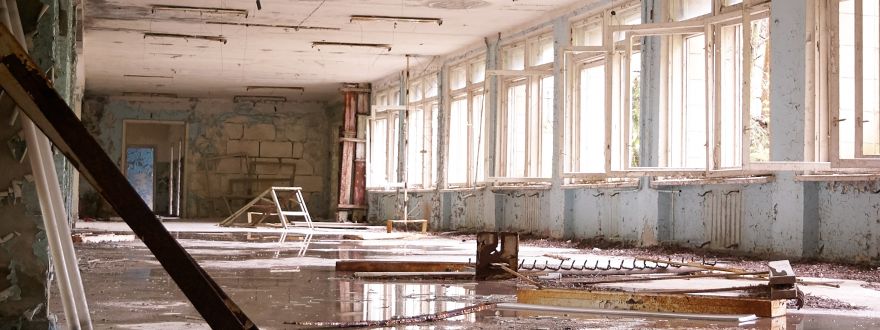
IS WATER DAMAGE COVERED BY MY POLICY?
Two recent stories that really happened:
Sam Brown owns an apartment building in the Bronx. A large part of the building had seen extensive water damage and was overrun by mold. Cost to repair? Close to a million dollars. Would the Insurance Company pay for the damage?
Lisa Frank came home after an extended weekend vacation to find that her home had been flooded with water from an overflowing toilet. More than 3 days had elapsed, and a big mess greeted her upon her return with much damage to her home. Would the Insurance Company pay for the damage?
The first step is simple. The keywords are Basic, Broad or Special. Search your policy documents for Broad or Special form coverage. Basic form will completely exclude water damage.
(Don’t have patience or know what to look for? Send us your policy for review.)
Established that you have Broad or Special Form coverage? Don’t get too excited yet! Here’s what else you need to know:
In order for water damage to be covered, it must be the result of a sudden cause. Here’s how it would play out in real life:
Seepage such as a continuously leaking pipe or water seeping into the basement from outside, is not a sudden cause and generally not covered.
Roof Leaks differ if they are caused by ice, snow or just rain. Ice and snow damage is generally covered, while rain damage is not, as the damage doesn’t happen suddenly. This situation would need a detailed review of the policy because some coverage may apply.
Burst Pipes are generally covered. But if you have a vacant building, be careful when you purchase your policy - you’ll need the proper policy to be covered if pipes burst.
Flooding is generally not covered, unless you have a separate flood policy. By flood we mean from excess rainwater or an overflowing body of water. Flooding should not be confused with different types of water flooding your home.
Sewer Backup is a separate coverage that needs to be added to your policy and it will almost always have a limit for a lot less than your policy limit.
Mold is only covered if it was caused by a covered water claim.
In Sam Brown’s case, he claimed that the cause of the water damage and resulting mold was from a ruptured pipe (covered cause). The Insurance Company argued that it was from the water leaking in over a long time (not a covered cause) and did not want to pay for the damage. Luckily, Sam saved the damaged pipe when he had replaced it almost a year ago, and he was able to use that as proof in court. Bingo, Sam received the million dollars that he needed to repair the building!
Going back to Lisa’s home, all damages would be paid in full thanks to a little, red piece of Lego. Seems like little Mark had flushed it down the toilet bowl, and nobody had noticed it before they left for vacation. Would the plumber not have found the piece of Lego, the flood of water would be traced to a sewer backup and a smaller limit would apply ($10,000 in Lisa’s case)!
Often, the difference between a covered and denied claim is one small detail. That’s why it’s important to touch base with your insurance agent before you begin your claim. Because even a minor detail can make the difference between getting paid... or having your claim denied outright.
Want more info on water damage? Need to purchase a policy? Just give us a call at (845) 356-5656, or reply to this email.
Till next time,
Your friends at Adler's Insurance
P.S. We'd love to receive feedback on how we are doing. Call or drop us an email. Better yet, stop by for a visit.




